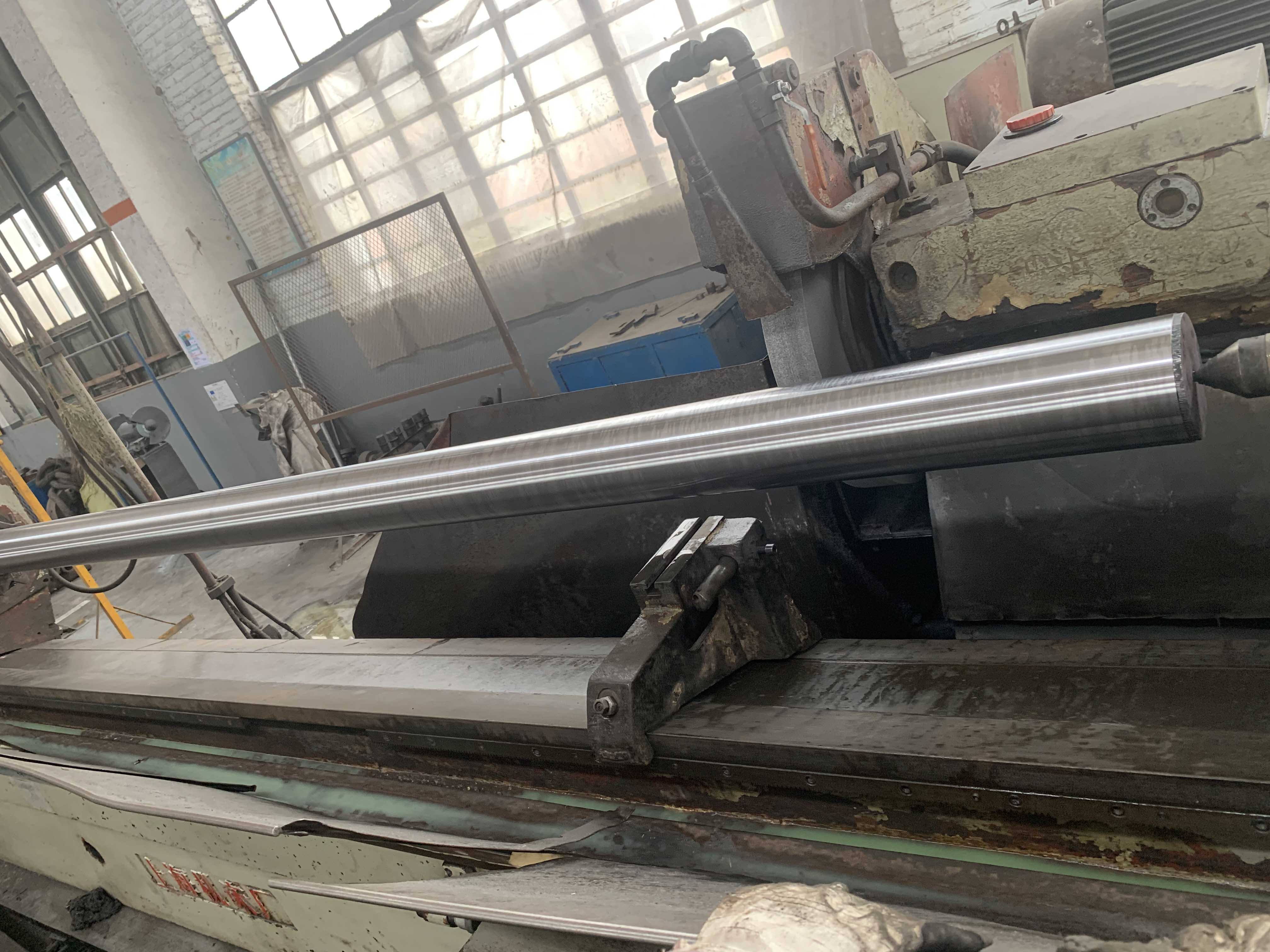Jan . 26, 2024 14:54 Back to list
stainless steel What material can make stainless steel rust?
Just today, my cube mate at work made a joke (for generous definitions of the word “joke”) about stainless steels to explain them to a mechanical engineering intern: “They truly are stain-less steels. They stain less than other steels. Get it? Har har.”
One can derive two points from this statement
- The term “stainless steels” is an exaggeration. They are more corrosion resistant than many alloys, but they’re not invincible. The term “Corrosion Resistant Steel” (CRES) is sometimes used in industry.
- STRUCTURAL STEEL PIPE

- I need a cube mate with a better sense of humor.
“Stainless steel” covers a wide range of iron-based alloys, the defining feature being a chromium content of more than 12%. With low amounts of impurities, a 12% chromium stainless steel will stain less (har) than other steels.
Many common stainless steels that you encounter daily (like the versatile 300 series) tend to have 18% or more chromium, plus a lot of nickel (8% or more). The nickel helps with some corrosive agents, like the organic acids of food, and definitely makes the 300 series very ductile. (A simple chromium-iron alloy tends to be brittle.) This allows the 300 series to be deeply stamped and drawn into shapes like kitchen sinks and kettles.
The 400 series doesn’t include as much nickel and is aimed at being harder, more suitable for cutting and wear-resistant applications like bearing races or (as you’ll often encounter it) cutlery than the smeary, soft 300 series. Unfortunately, its elevated carbon content and average chromium content means the 400 series tends to be less stain less than the 300s. (Carbon and some impurities can hinder the corrosion resistance of stainless steels.)
Then there’s highly alloyed beasts like AL-6XN, which is used in cases where even good 300-series steels can’t handle the environment. AL-6XN has up to 22% chromium, 25% nickel, 7% molybdenum, and tightly controlled impurities. Note that it ends up being a bit less than 50% iron.
The point of all that: not all stainless steels are created equal, and none of them are perfectly corrosion resistant.
The primary way all stainless steels work is by forming a chromium oxide layer, hence all the talk of chromium. This oxide is not porous and flaky like iron’s red rust. Instead, the chromium oxide forms an impermeable barrier that acts like a built-in coat of paint for the metal. If it gets scratched off, it tends to quickly reform because chromium is eager to react with oxygen. Nickel and molybdenum help.
While chromium oxide is pretty a chemically resistant material - I mean, the chromium has reacted with one of the pit bulls of chemistry, oxygen - it’s not perfect. If you find a more aggressive oxidizer, then you can attack the oxide barrier.
Chlorine is one of the most common elements that will attack stainless steel, and it is found abundantly in salt, organic compounds, and pool acids. Muriatic acid - hydrochloric acid - can be vicious on 400-series stainless steels. As a college student, I found leaving mustard (a salt-rich, acidic condiment) on utensils tended to rust cheap cutlery. Concentrated hydrochloric acid will also attack even 316L stainless.
There are other conditions that cause corrosion in stainless steel. For example, in crevices where the stainless is prevented from getting access to fresh oxygen, its oxide layer can corrode away rapidly (“crevice corrosion”) when the corrosive agents wouldn’t normally bother stainless steel.
Another issue that can compromise stainless steels is heat. High temperatures can both accelerate chemical reactions and help diffusion in solids, which leads to hot stainless steels (such as in exhaust pipes) often corroding. Fresh oxygen can move through that protective oxide layer faster with more heat to attack fresh iron.
-
High Quality Mild Steel Pipe Manufacturers in China for Exporting Premium Industrial Solutions
NewsAug.01,2024
-
Exploring Key Characteristics of Wholesale API Steel Pipes for Your Business Needs
NewsAug.01,2024
-
Current Wholesale Prices for ERW Steel Pipes in the Market Right Now
NewsAug.01,2024
-
Exploring the Diverse Applications and Benefits of China Round Steel Pipes in Construction and Industry
NewsAug.01,2024
-
Top Quality API 5L ERW Steel Pipe Manufacturer Offering Reliable and Durable Solutions for Your Needs
NewsAug.01,2024
-
Reliable Supplier of Premium Quality Concrete Pipes for Durable Construction Projects
NewsAug.01,2024